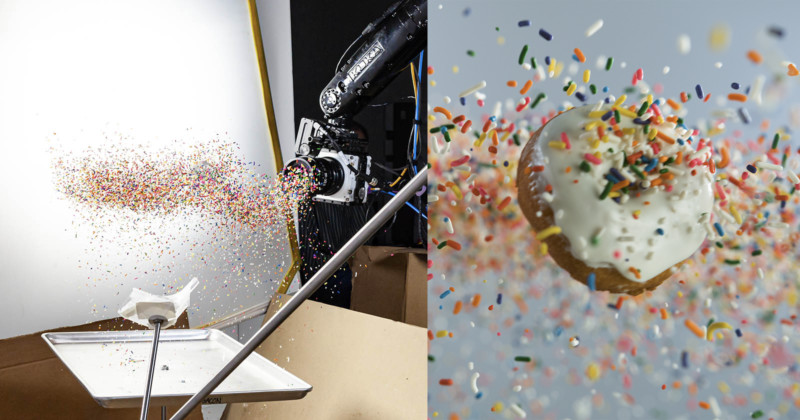
Intelligent robot technology has expanded beyond cinematography and has found its place in photography now, too, as shared by a photo and video production company that has started to use one to achieve shots and angles that would be hard to replicate manually.
Although cinema robots are still out of reach for many creators due to the high cost that accompanies such technology, they are becoming more approachable and devices of this kind have slowly begun to enter the workflows of smaller production companies that don’t have multi-million dollar Hollywood studio budgets.
Designed to cut production times and to increase efficiency, cinema robots — such as the ones designed by SISU Cinema Robotics — have also become more user-friendly and require minimal technical knowledge so photographers and filmmakers can get started right away after their product training.
The line between photography and videography is also blending, as many cinema cameras can capture RAW still frames that work just as well as a traditional still camera but allow a photographer to capture video at the same time. For example, photojournalist Tom Palmaers captures photos and videos simultaneously thanks to RAW video. The stills featured in this story are another example of this: RAW frames extracted from clips captured using a RED Ranger Gemini camera.
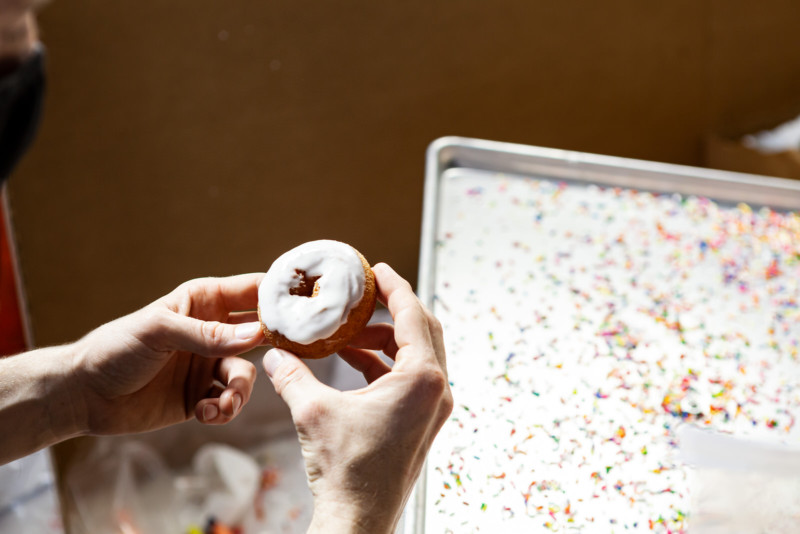
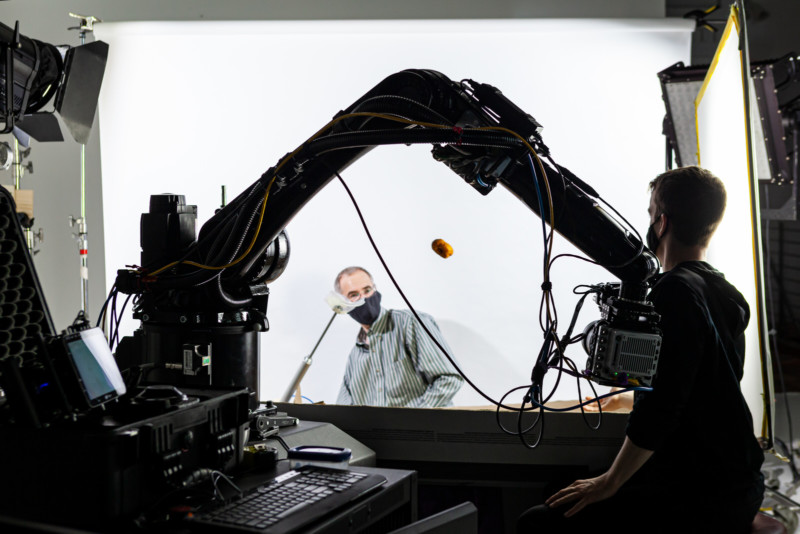
Paul Lanterman, Creative Technical Specialist at OMS Photography, an imaging and production company, tells PetaPixel that the company he works for has embraced a SISU cinema robot and now uses it as part of its photo and video projects. OMS Photography was in the market for a motion control system for its commercial videography project, and while its photography team had extensive experience crafting still imagery, the company wanted to find a system that would blend those talents with added opportunities of moving the camera on set.

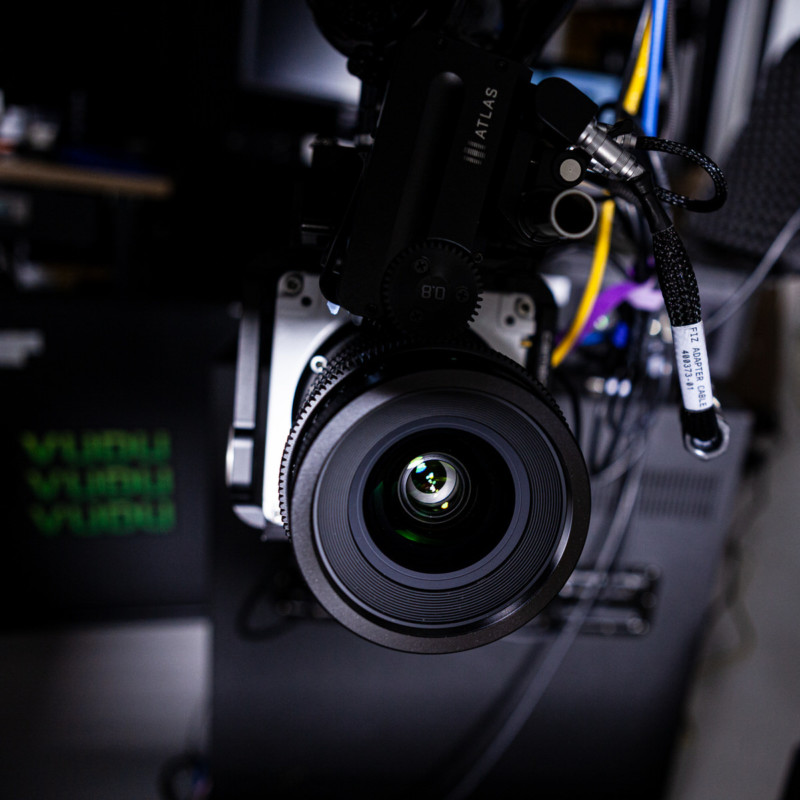
Previously, the team used several slider-based systems but felt they lacked flexibility, and changing sets and editing paths took too much time out of the shooting schedule and often left them with disappointing end results.
After they tested out the SISU robot, they found the appeal in its ease of use where “if you can move your arm, you can program a camera move in movements.” The robot utilizes a wand’s trigger and joystick which allow users to position the camera with a wave of their hand and it can be easily programmed to perform accurate movements.
Lanterman explains that after they unboxed the system, they plugged it in — using standard AC power — and one hour later, they had “clients on set, directing flybys of products.” The device is now used for 75% to 80% of the team’s video work because the system helps them get a higher volume of completed shots without needing more equipment or more people on set, which offsets the higher cost of renting or purchasing it.
An added benefit is the ability to extract stills, should the client want exact frames captured in any video clips. The repeatability of the robotics means the same shot can be used for multiple takes of different products:

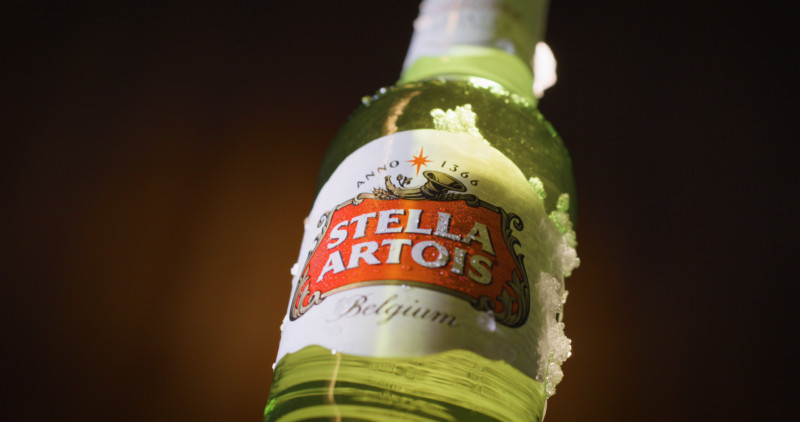
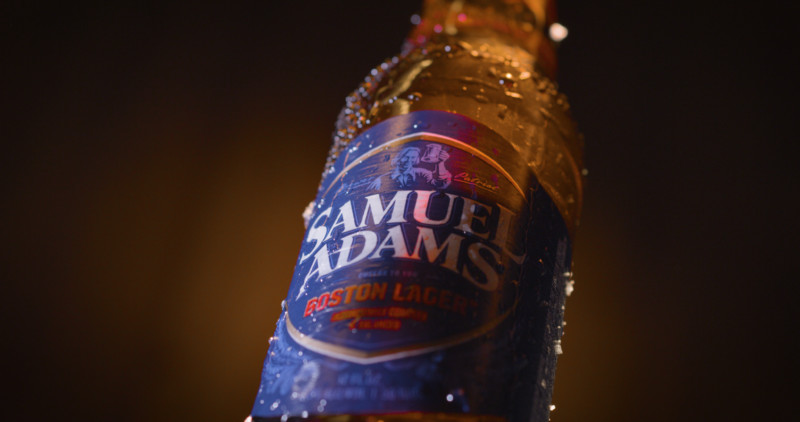
For OMS Photography, the robot allows the team to treat video shots with the same attention to detail that they can on still shots. For example, after they design a camera move, the system lets them go to any point on the path and see exactly what they’ll capture. This level of precision and repeatability allows the production team to tweak everything throughout the entire shot, such as reflections, background, lens flares, subtle lighting, and so forth.


Each programmed move also makes it very clear what the result will be with no surprises along the way, which helps instill visual confidence in clients.
“It’s like working with live stills,” says Lanterman. “It eliminates bad takes, which then saves time on set, space on the media, and time spent copying files that nobody will want to use.”
Although cinema robots such as these are capable of performing complex moves and angles, they can also perform simple slider moves, zolly shots, and others. Lanterman notes that “the ease of setting up a simple move and saving it to get the same shot on 24 different product/combo shots is really powerful.”



The cinema robot opens up creative and technical possibilities that may not be possible when shot manually — precise repeatability is one such factor that is simply impossible without one. However, Lanterman explains, that for that reason, the set might need to be more detailed and robot users need to pay more attention to ensure background areas are camera-ready. This is because the more dynamic camera moves can reveal angles that are not typically visible.
Similarly, extra preparation is needed for high-speed and slow-motion projects to ensure that everything is where it needs to be and in focus. For this, shooters need to think it through ahead of time and be good at visual analysis to figure out where things might not be lining up before the shot has begun.
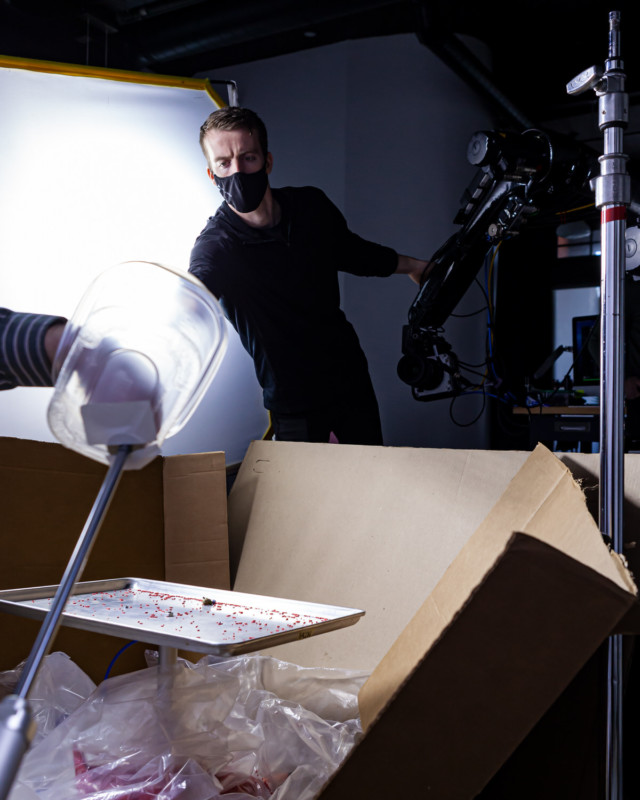


These types of motion control systems aren’t new but are slowly coming down in cost and becoming more accessible to smaller and medium-sized production companies. Although this particular SISU system is more suited for commercial projects and would still land somewhere between $3,000 to $5,000 in rental fees per day — plus an operator — or from $109,000 to $169,00 as an outright cost, Lanterman explains that the OMS Photography has seven photographers and this technology is now well within the company’s reach.
For individuals with smaller budgets, a DIY motion kit setup would be more suitable, however, the technology has advanced and continues to do so, eventually bridging the gap and providing smart device accessibility to more individuals and companies.
More information about SISU robots can be found on the SISU Cinema Robotics website and the OMS Photography portfolio can be viewed on the company’s website and Instagram.
Image credits: All images provided by OMS Photography and used with permission.